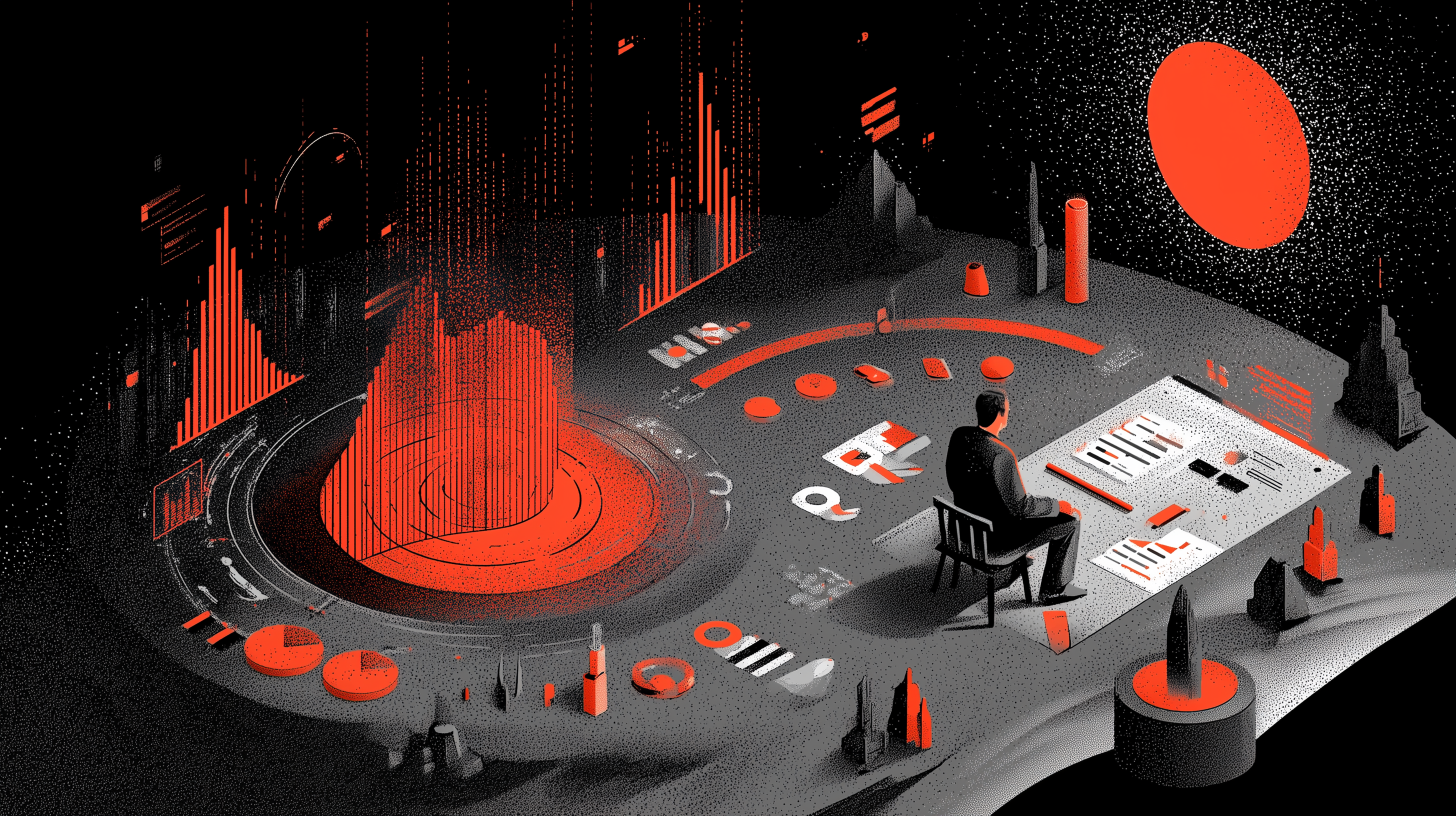Managing your resources and deadlines: the art of balancing creativity and efficiency

Discover how to balance creativity and deadlines through a well-structured approach to project and resource management.
Managing your resources and deadlines: the art of balancing creativity and efficiency
Introduction: When time pressure meets creativity
In creative teams, managing time and resources is a constant balancing act.
Too many constraints kill creativity; too much freedom weakens efficiency.
According to a study by Teresa Amabile, published in the Harvard Business Review (2002), time pressure can stimulate creativity but only when supported by a psychologically safe environment and a clear mission.
In a world of multiple deadlines and limited resources, this balance has become a real leadership challenge.
How can managers preserve creative drive while ensuring timely delivery?
That’s the central question of modern creative project management.
The paradox of creativity under constraint
Pressure and productivity: a fragile balance
Research from the Harvard Business School shows that moderate time pressure can act as a performance catalyst encouraging focus and clarity.
But beyond a certain threshold, pressure becomes counterproductive: stress blocks divergent thinking, which is essential to innovation.
“When people are under the gun, they often think they are being more creative but they’re not.” — Teresa Amabile, Harvard Business Review (2002)
Her research reveals that time pressure significantly reduces creative capacity, except when teams are deeply engaged in a meaningful and inspiring mission.
The risk of overly rigid management
Management models focused solely on speed and performance can narrow the mental space required for creativity.
The most innovative organizations establish what Amabile calls “intelligent flexibility” clear deadlines that remain negotiable, and structured planning that adapts when necessary.
Managing creative resources: structure with empathy
Clarify the framework without killing autonomy
Effective resource management depends on transparency and prioritization.
Collaborative project management software like MTM enables teams to see, in real time, each member’s workload, the status of deliverables, and the availability of creative assets.
This visibility prevents cognitive overload teams know exactly where they stand, reducing deadline anxiety and confusion.
The importance of the “creative margin”
Experienced managers know that overly tight schedules suffocate creative quality.
Building in a “creative margin” a measured degree of flexibility allows teams to refine deliverables without sacrificing thoughtfulness or cohesion.
According to Ashley Whillans (Harvard Business Review, 2021), most employees hesitate to ask for more time, fearing they’ll appear less competent, even though deadlines are often negotiable.
Her studies show that managers typically view such requests positively, interpreting them as a sign of professional maturity rather than weakness.
“Asking for more time when you need it isn’t a weakness it’s a form of self-management.” — Ashley Whillans, Harvard Business Review (2021)
In practice, allowing a few extra days can lower perceived stress and improve the overall quality of deliverables without reducing productivity.
Allocating resources according to energy cycles
Managing resources also means understanding your team’s energy rhythms.
Some periods are better suited for brainstorming, others for production.
Aligning planning with these natural cycles using an intelligent workflow management tool improves both creative output and employee satisfaction.
Balancing deadlines and innovation: practical levers
Prioritize by impact, not by duration
Not all tasks carry the same strategic weight.
Modern project management frameworks help allocate time where it creates the most impact, not necessarily where the workload looks heaviest.
Encourage asynchronous communication
Hybrid environments often suffer productivity losses due to poor coordination.
McKinsey notes that unclear communication and lack of cohesion reduce a team’s ability to experiment and iterate effectively.
Establishing a centralized collaboration hub (annotations, feedback, version control) helps eliminate these frictions and frees up mental bandwidth for creativity.
With MTM, teams can manage feedback, track versions, and transition smoothly between synchronous and asynchronous workflows.
Build a culture of constructive feedback
Creativity cannot be decreed it must be nurtured.
Top creative leaders encourage risk-taking while protecting their teams from the fear of failure, enabling innovation to thrive within structure.
Conclusion: discipline as a foundation for creative freedom
Efficiency doesn’t oppose creativity it sustains it.
The most successful teams are those that plan to liberate, not constrain.
By adopting collaborative project management platforms like MTM, leaders can provide structure, transparency, and breathing room for creative talent.
Managing resources and deadlines becomes a discipline where organization and inspiration coexist.
FAQ
How can you balance creativity and deadlines?
By planning flexibility margins and clarifying priorities without imposing excessive pressure.
Which tools best support creative project management?
Collaborative platforms like MTM help centralize deliverables, monitor timelines, and facilitate asynchronous feedback.
Why does pressure hurt creativity?
Constant pressure limits exploration and drives convergent rather than innovative thinking.
How can resources be allocated effectively within a team?
By analyzing workloads, energy cycles, and individual skills — supported by intelligent workflow management tools.
What’s the best approach to meeting deadlines without sacrificing quality?
Prioritize by impact, plan critical tasks first, and allow schedule adjustments when creative integrity is at risk.
Sources
- Teresa Amabile, Creativity Under the Gun, Harvard Business Review, 2002
- Teresa Amabile, How to Kill Creativity, Harvard Business Review, 1998
- Ashley Whillans, Go Ahead and Ask for More Time on That Deadline, Harvard Business Review, 2021
- Harvard Business School Library, Time Pressure and Creativity: Why Time Is Not on Your Side, 2022
- Harvard Business Review, Leading Creative People Is Hard — Here’s How to Do It, 2023
- McKinsey & Company, Hybrid Work and Productivity Trends, 2023
Other Posts

Where should applied ai intervene to maximize the impact of marketing campaigns ?

How AI agentizes market data to write strategic pre-creation recommendations.

